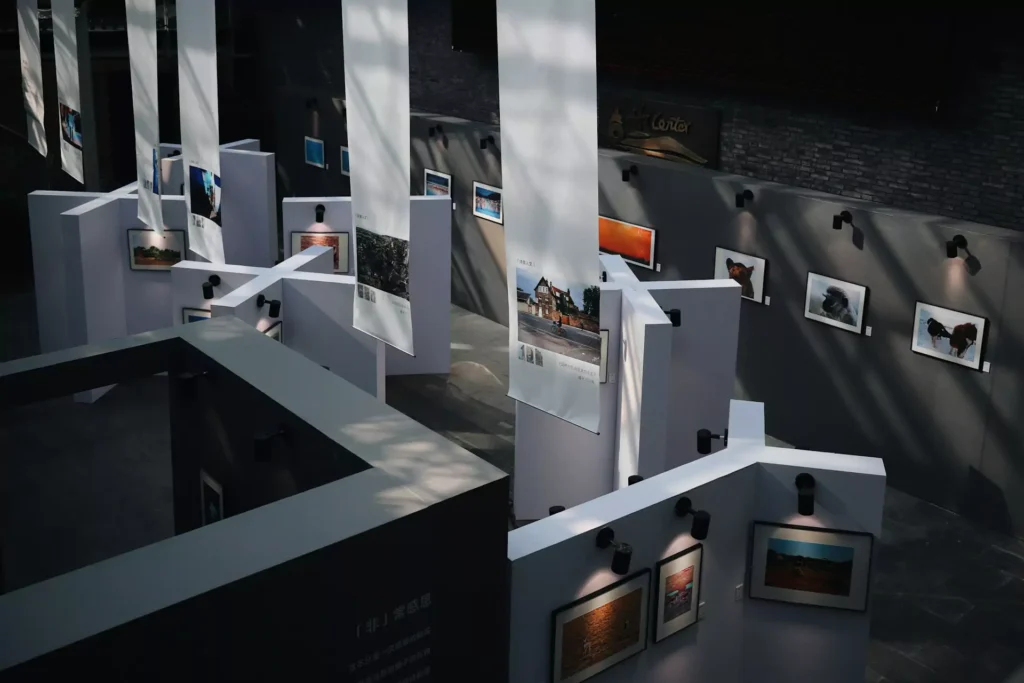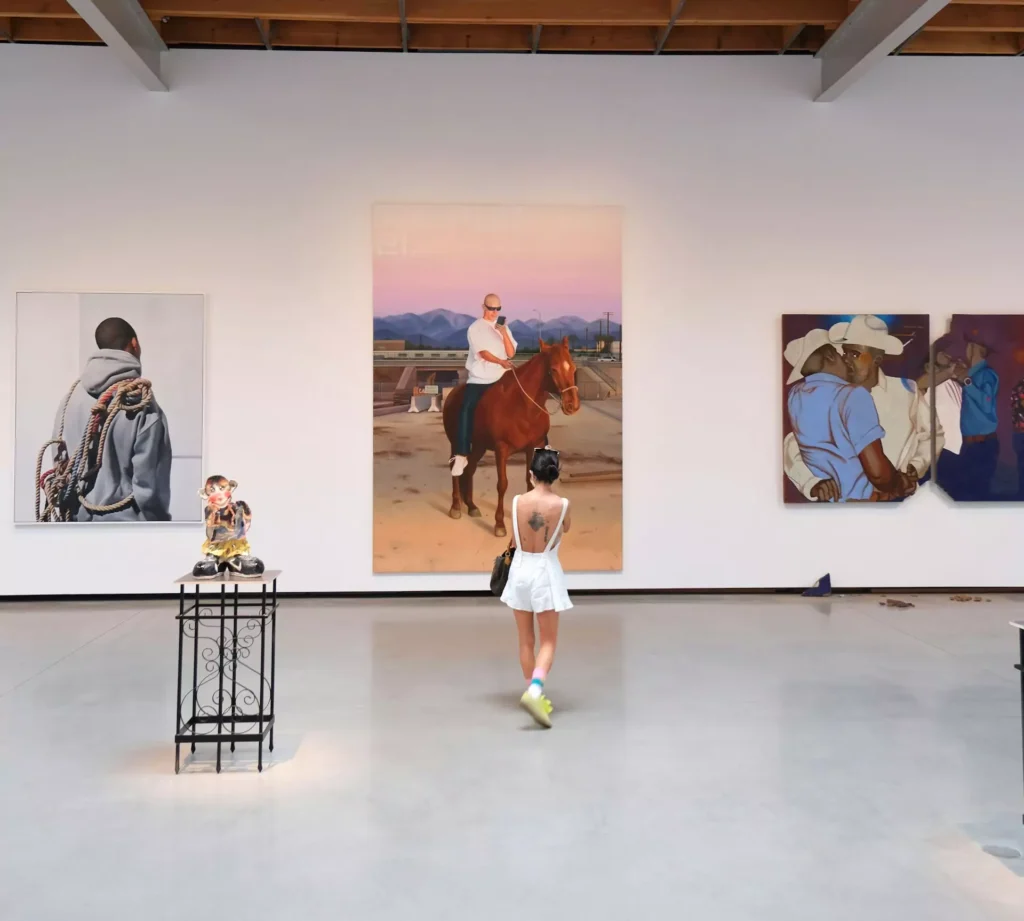Looking for a muse? Check no further. Discover the Best of Art, Culture, History & Beyond!

Getting your work into a gallery isn’t about luck—it’s about strategy, persistence, and understanding how the art world actually operates. If you’re an artist looking to break into the gallery scene, you’re up against a system that is both elusive and highly selective. But don’t let that discourage you. Galleries need artists as much as artists need galleries. The trick is knowing how to approach them, how to present your work, and, most importantly, how to be patient while keeping your momentum going.
Do You Even Need a Gallery?
Before launching yourself into the uphill battle of getting gallery representation, ask yourself: do you actually need one? With the rise of online platforms, direct sales, and social media, many artists are finding success without ever stepping foot into a gallery space. But galleries still provide legitimacy, exposure, and access to collectors who are looking for serious, curated work. If your goal is to build a sustainable career, galleries remain a crucial part of the equation.

Know Your Market
Not all galleries are created equal, and not every gallery is the right fit for your work. Research is key. Visit galleries, study their rosters, see what kind of work they show, and pay attention to price points. A gallery that specializes in high-concept installations isn’t likely to take on a painter working in traditional portraiture. Understand where your work fits within the market, and target galleries that align with your aesthetic and conceptual approach.
Build a Strong, Cohesive Body of Work
Before you even think about reaching out to galleries, make sure your work is ready. This doesn’t mean just having a few good pieces—you need a cohesive body of work that demonstrates consistency, depth, and a clear artistic voice. Galleries are not looking for one-hit wonders; they want artists who have the potential to develop and sustain a career. Take your time. If you’re still experimenting wildly with different styles, you’re probably not ready for a gallery yet.
Develop a Killer Portfolio
Your portfolio is your calling card, and it needs to be razor-sharp. A strong portfolio should include:
- High-quality images of your best, most representative work
- A well-written artist statement that explains your practice without unnecessary jargon
- A concise CV listing your exhibitions, education, and any notable achievements
- A professional-looking website that acts as a digital portfolio and point of contact
Galleries receive countless submissions, so yours needs to stand out—visually and conceptually.

Network Like Your Career Depends on It (Because It Does)
The art world runs on relationships. Cold emails to galleries rarely work. Instead, start showing up. Attend gallery openings, art fairs, and industry events. Engage with gallerists, curators, and other artists in a genuine way—don’t just push your work onto them. Over time, familiarity and presence can open doors that a blind submission never will.
Get Your Work Out There First
Before a gallery takes a chance on you, they want to see that your work has traction. This means exhibiting in alternative spaces, participating in juried shows, and getting your work into the hands of collectors (even small ones). Many artists start by showing in artist-run spaces, pop-up exhibitions, or even coffee shops before making the leap to commercial galleries. Build your resume and visibility—galleries are more likely to take you seriously if you already have momentum.
The Right Way to Approach a Gallery
When you’re ready to make your move, do it strategically. Do NOT show up at a gallery unannounced with your portfolio in hand. Instead:
- Follow submission guidelines – If a gallery has an open submission policy, follow it to the letter.
- Make it personal – If you’re reaching out via email, address the gallerist by name and mention specific reasons why your work fits their program.
- Keep it brief – A short, well-crafted email with links to your portfolio is far more effective than a long-winded pitch.
- Be professional – No desperation, no gimmicks, just a confident, professional approach.
Rejection is Inevitable—Use It
Rejection is part of the process. Even established artists face it. Instead of seeing it as failure, use it as a learning opportunity. If you get a response (which isn’t always the case), listen to any feedback you receive. If you get no response, move on. Keep refining your work, expanding your network, and trying again. Persistence is key.

Alternative Routes to Gallery Representation
If traditional gallery submission isn’t working, there are other ways to get noticed:
- Social media – Many artists have been picked up by galleries after gaining a strong online following.
- Residencies – Participating in respected residency programs can put you on the radar of curators and galleries.
- Art Fairs – Some fairs allow independent artists to show their work, which can attract gallerists looking for new talent.
- Collaborate – Working with other artists, curators, or alternative spaces can lead to unexpected opportunities.
Final Thoughts: Play the Long Game
Getting into a gallery is rarely an overnight success story. It takes time, effort, and an understanding of how the art world works. Focus on making great work, getting it seen, and building relationships. The right gallery will come when the timing is right, and when it does, you’ll be ready. Until then, keep pushing forward—because the artists who succeed are the ones who refuse to quit.

This article is published on ArtAddict Galleria, where we explore the intersections of art, history, and culture. Stay tuned for more insights and discoveries!